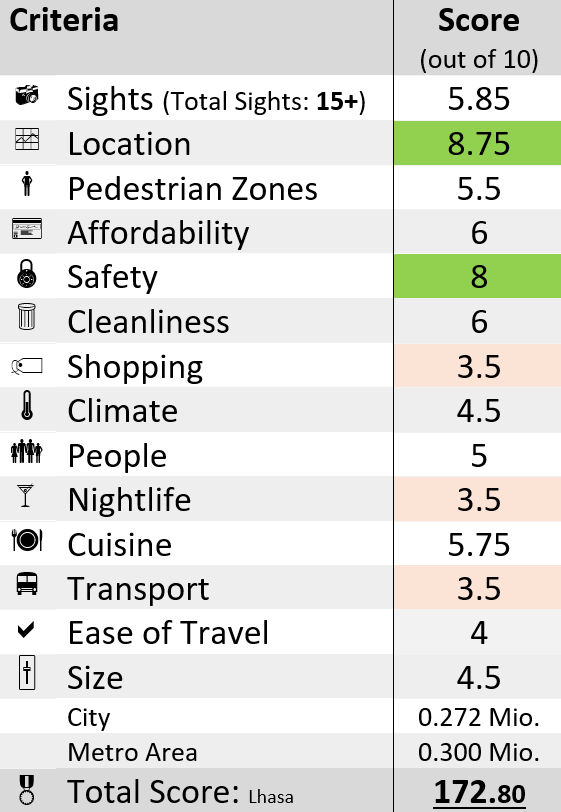by Bgabel (cropped image) / [CC BY-SA 3.0
Where High Altitude and Spiritual Heritage Converge at the Potala Palace
Table of Contents
A. About Lhasa
Lhasa, the capital of Tibet, sits at an altitude of 3,656 meters, making it one of the highest cities in the world.
The city's history dates back over 1,300 years and it plays a crucial role in Tibetan culture, religion, and politics.
Lhasa's name means "Place of the Gods" in Tibetan, reflecting its central role in Tibetan spirituality.
It is home to the Potala Palace, the historic residence of the Dalai Lama and a UNESCO World Heritage Site. Norbulingka, the former summer palace of the Dalai Lama, is another UNESCO World Heritage Site located in Lhasa.
The central area with the main tourist attractions (Potala, Jokhang, Barkhor, Ramoche) is easily navigable on foot.
➕ The Good
Situated at a high altitude in the Himalayas, Lhasa provides stunning mountainous scenery.
In addition, Lhasa is affordable, with reasonably priced accommodations and dining options.
Furthermore, Lhasa is generally considered safe for tourists, with low crime rates and a strong sense of community.
➖ Negative Aspects
Public transportation in Lhasa is limited, with few options for getting around the city. Taxis and buses are available but can be inconsistent.
Traveling to and within Lhasa can be challenging due to its remote location and high altitude. Strict regulations and permits are required for international visitors.
Before traveling to Lhasa, which is situated 3,650 meters above sea level, it's crucial to read about altitude sickness, including its symptoms, precautions, and treatments. The risk is particularly high if you fly directly from a much lower altitude, as your body needs time to acclimatize; up to 2% of visitors arriving by plane require hospitalization.
B. Best Things to Do in Lhasa in 2025 (Detailed List with Photos and Information)
In total, we count more than fifteen sights in Lhasa. The following sights contribute to a very impressive score of 6.85/10 in this most important category:
# POTALA PALACE 8 
The awe-inspiring Potala Palace, situated atop the Red Mountain slopes, stands as the world's highest ancient palace, renowned for its breathtaking setting.
This UNESCO World Heritage Site encompasses over 1,000 rooms, housing chapels, mausoleums of past Dalai Lamas, and a wealth of priceless artifacts.
Buddhist Fortress World Heritage Site: since 1994
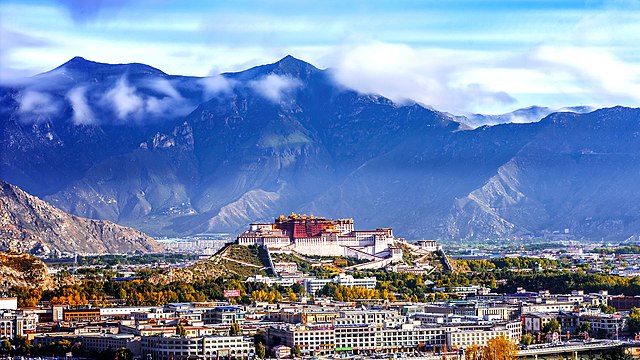
by Lhasa Government / CC BY-SA 4.0
# JOKHANG TEMPLE 6 
Jokhang Temple, a UNESCO World Heritage Site, houses the revered Jowo Shakyamuni statue, brought to Tibet by Princess Wencheng in the 7th century, making it a focal point for pilgrimages.
It is the spiritual heart of Lhasa and Tibetan Buddhism, attracting devout pilgrims who circumambulate Barkhor Street as part of their spiritual journey.
Buddhist Temple 🌏 World Heritage Site: since 1994
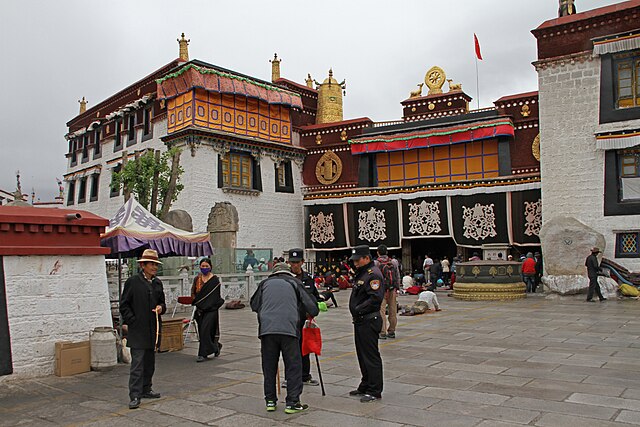
by Gerd Eichmann / CC BY-SA 4.0
# NORBULINGKA 6 
Norbulingka, translated to ‘Treasure Park,’ another UNESCO World Heritage Site, is the summer palace of the Dalai Lama, sprawling across 36 hectares with beautiful gardens, palaces, chapels, and a zoo.
It exemplifies the fusion of Tibetan and Chinese architectural styles, providing a tranquil retreat that served as a leisure residence for the Dalai Lamas during the summer months.
Palace and Park 🌏 World Heritage Site: since 1994
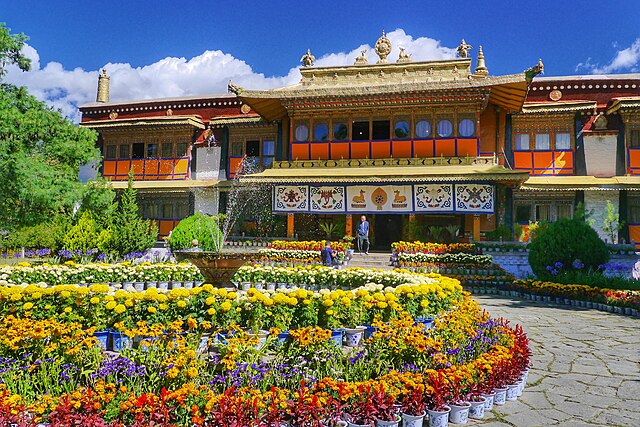
by travel oriented / CC BY-SA 2.0
# Barkhor Street 6 
Barkhor Street encircles the Jokhang Temple and serves as a bustling market and pilgrimage circuit (kora) for Tibetan Buddhists, offering a vibrant cultural experience.
It is a lively hub where traditional Tibetan crafts, religious artifacts, and local cuisine converge, reflecting the vibrant local lifestyle and spiritual devotion.
Street and Square 🌏 World Heritage Site: since 1979
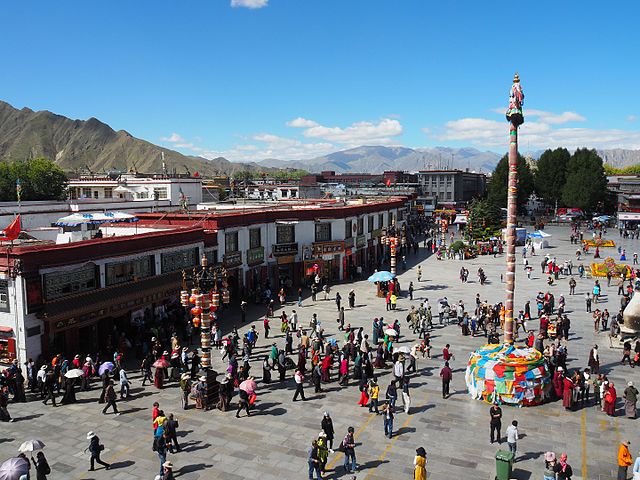
by Laika ac from UK / CC BY-SA 2.0
# Sera Monastery 5 
Sera Monastery is renowned for its debating monks, whose rigorous philosophical debates in the courtyard are a spectacle of Tibetan Buddhist intellectual tradition.
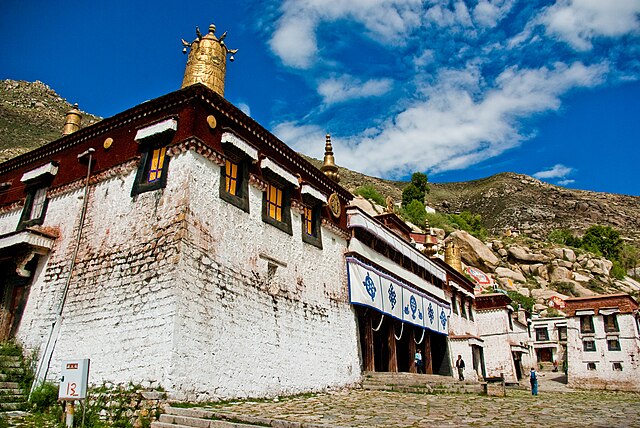
by Antoine Taveneaux / CC BY-SA 3.0
# Drepung Monastery 5 
Drepung Monastery, one of the world's largest monasteries, founded in 1416, played a pivotal role in Tibetan Buddhism as a center of learning and spiritual practice.
It housed thousands of monks at its peak and continues to be an important pilgrimage site, offering insights into Tibetan monastic life and religious education. It is located at the foot of Mount Gephel, 5km northwest of Lhasa.
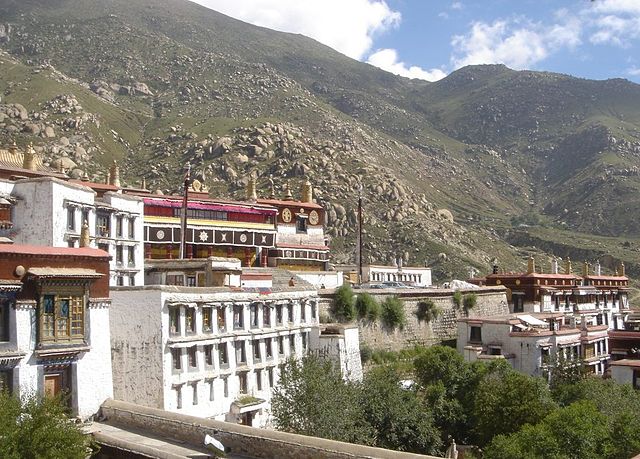
by Philipp Roelli / CC BY-SA 3.0
# Tibet Museum 5 
Established in 1920, this European-inspired garden, with its pavilions and ponds, provides a welcome sanctuary to escape the chaotic streets of Kathmandu.
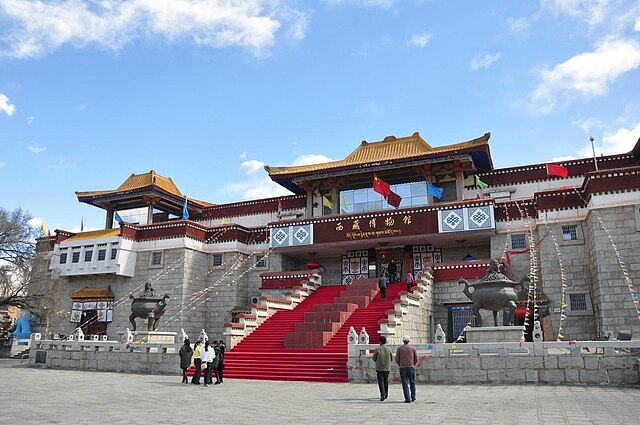
by Gongfu King / CC BY-SA 2.0
# Ramoche Temple 5 
This important Buddhist temple is known for its beautiful architecture and religious significance. It is considered the sister temple to Jokhang and houses a revered bronze statue of Buddha Shakyamuni.
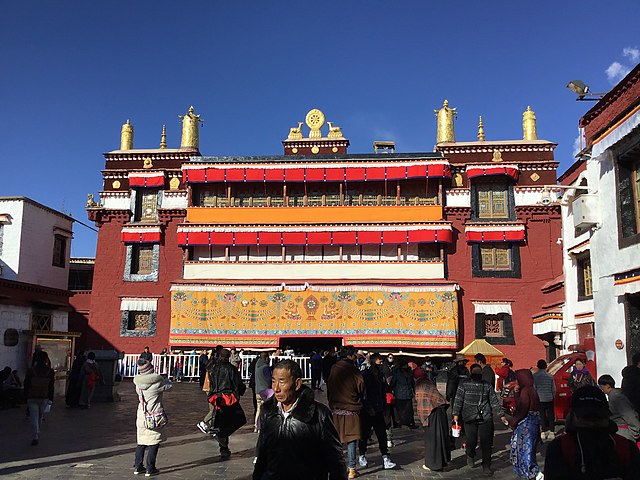
by 陈博洋 / CC BY-SA 4.0
# Lhasa River 4 
Enjoy the scenic beauty along the river, a vital part of the city's landscape.
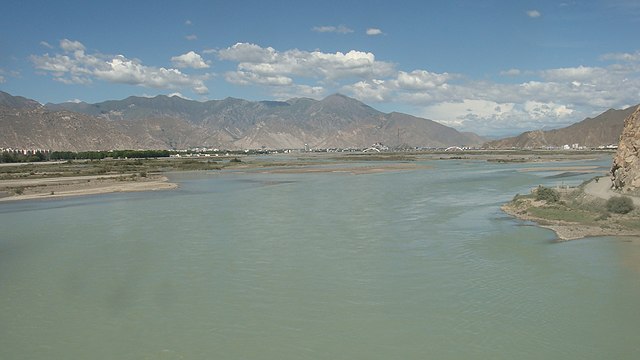
by 罗布泊 / CC BY-SA 3.0
#10 | Great Mosque of Lhasa 4 
The Great Mosque of Lhasa, also known as Hebalin Mosque, is the largest and most significant mosque in Tibet, reflecting the harmonious blend of Islamic and Tibetan architectural styles.
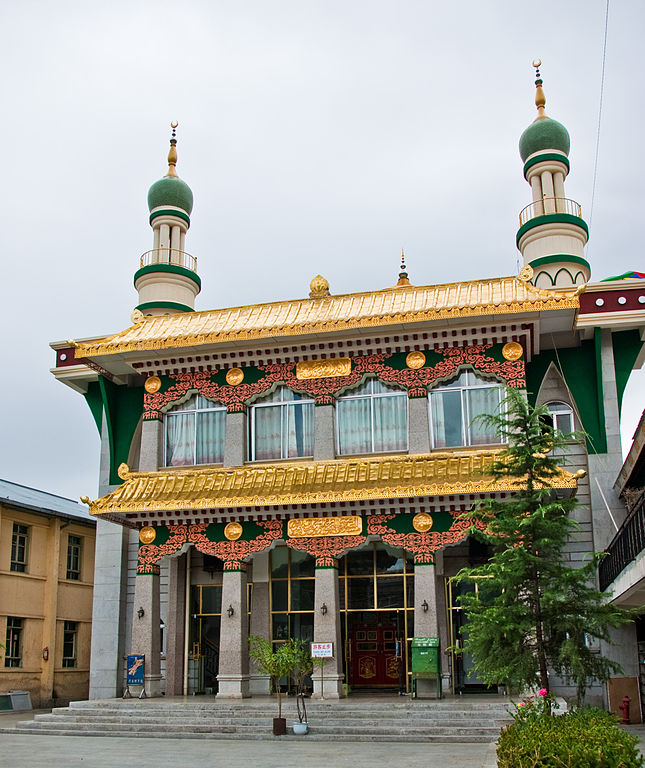
by Antoine Taveneaux / CC BY-SA 3.0
C. Other Notable Sights and Attractions in Lhasa
-
- Canggu Nunnery 3
D. Best Day Trips and Excursions from Lhasa
Drak Yerpa 6 
Drak Yerpa, a series of ancient meditation caves northeast of Lhasa, is a sacred site associated with Tibetan kings and saints, including Guru Rinpoche.
It offers visitors a unique opportunity to explore caves used for meditation and retreat, steeped in historical and spiritual significance in Tibetan Buddhism.
Caves Distance from Lhasa: 30 km
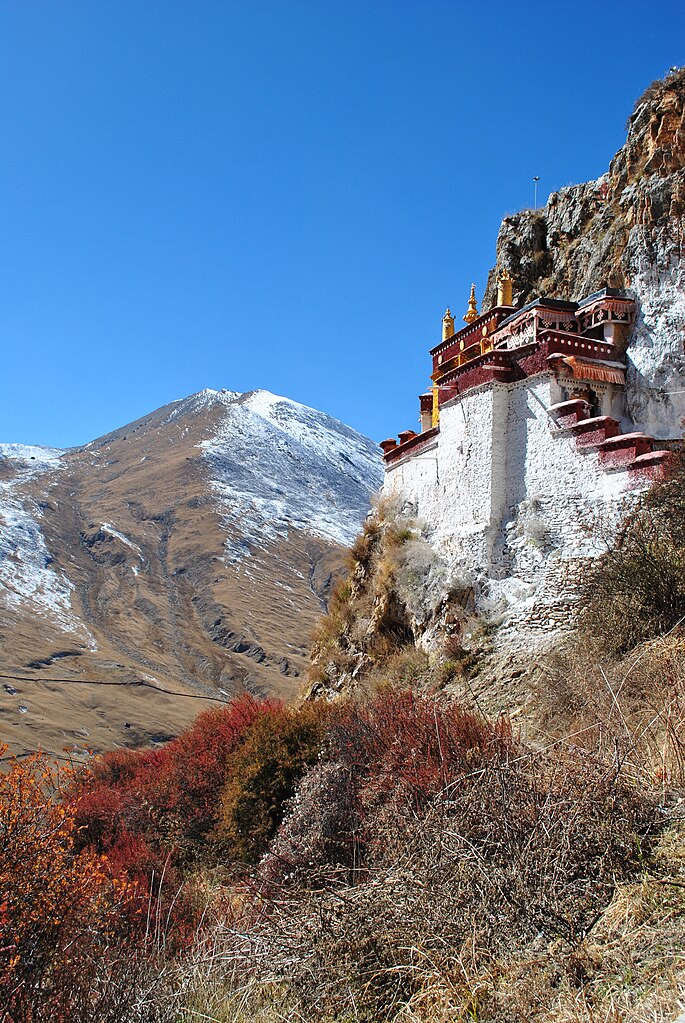
by Maris Burbergs / CC BY-SA 3.0
Namtso Lake 6 
A stunningly beautiful lake located about 112 kilometers northwest of Lhasa.
It is one of the highest lakes in the world at 4,718 meters and is surrounded by the Nyenchen Tanglha Mountains, offering stunning vistas and spiritual significance to Tibetan pilgrims.
Lake Distance from Lhasa: 112 km
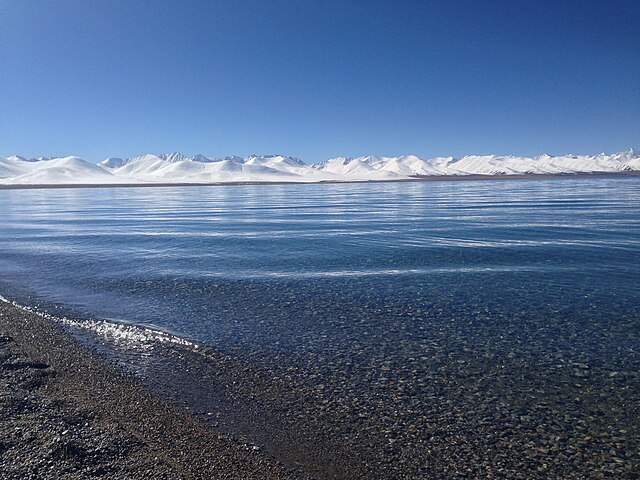
by Chen Zhi / CC BY-SA 3.0
Ganden Monastery 6 
Approximately 50 kilometers east of Lhasa, this monastery provides not only religious insights but also magnificent views of the surrounding valleys and mountains.
Monastery Distance from Lhasa: 50 km
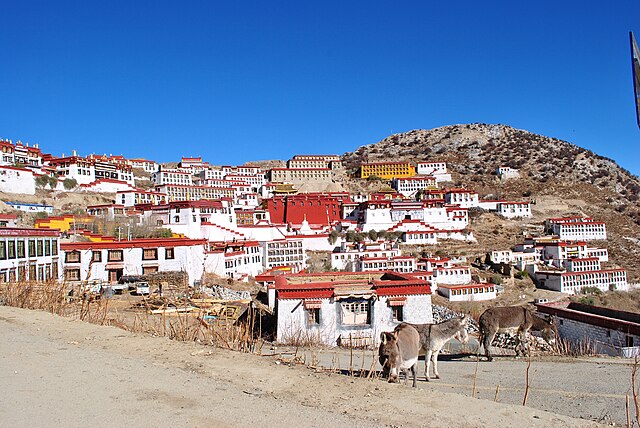
by Maris Burbergs / CC BY-SA 3.0
E. Top 10 List of the Best Things to Do in Lhasa 2025 (including close-by excursions)
To sum things up, these are the ten best sights we recommend to you when visiting Kathmandu for at least three entire days.

